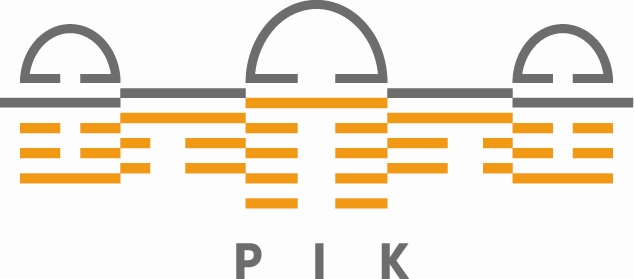| |
MONERIS
MOdelling Nutrient Emissions in RIver Systems
|
Model Description: |
|
| MONERIS was developed and applied to estimate the nutrient emissions |
Model structure |
| into river basins of Germany by point sources and various diffuse pathways. |
Developer |
| Whereas point emissions from waste water treatment plants and industrial |
References |
| sources are directly discharged into the rivers, diffuse emissions into surface |
Role within GLOWA-Elbe |
| waters are caused by the sum of different pathways, which are realised by |
Model results |
| separate flow components. Seven pathways are considered (point sources, |
|
| atmospheric deposition, erosion, surface runoff, groundwater, tile drainage and paved urban areas. Along the pathway from the source of the emission into the river substances are governed by manifold processes of transformation, retention and losses, which have to taken into account to estimate the loads in the river system. |
|
Input Data:
Topography, land use, soil characteristics, hydrogeology, precipitation, temperature, agricultural and waste water statistics, inventory of point sources, population and measured discharge data and measured values of nutrient loads (for calibration and validation).
Results:
Annual nutrient emissions for pathways and sources and loads for subcatchments, subbasins and river basin districts for the present state and past. Changes of emissions and loads due to selected measures. Monthly nutrient loads and concentrations for selected places within the river system. Spatial distributed reductions in subcatchments depending on targets for the outlet.
Resolution:
•Temporal simulation step: 1 year (disaggregation to monthly loads and concentrations is possible)
•Catchments are distri-buted down to a sub-basinscale. The number of subbasins is free but the lower limit for calculation is 1 km².
Operating system:
Windows 2000, XP
or Vista
Programming language:
Excel 2003 and
Visual Basic
Model run time:
<1 Minute for one year for
the whole Elbe river basin
(948 subcatchments)
|


